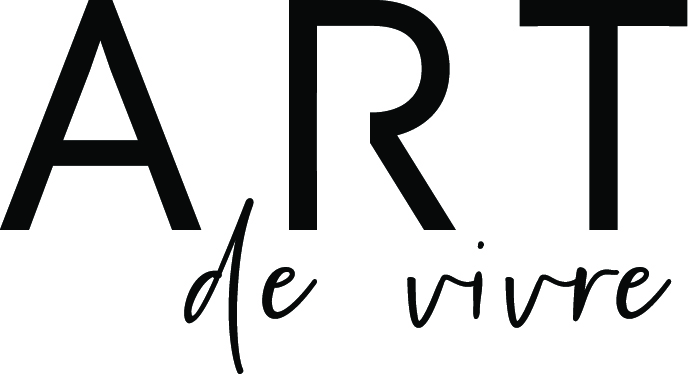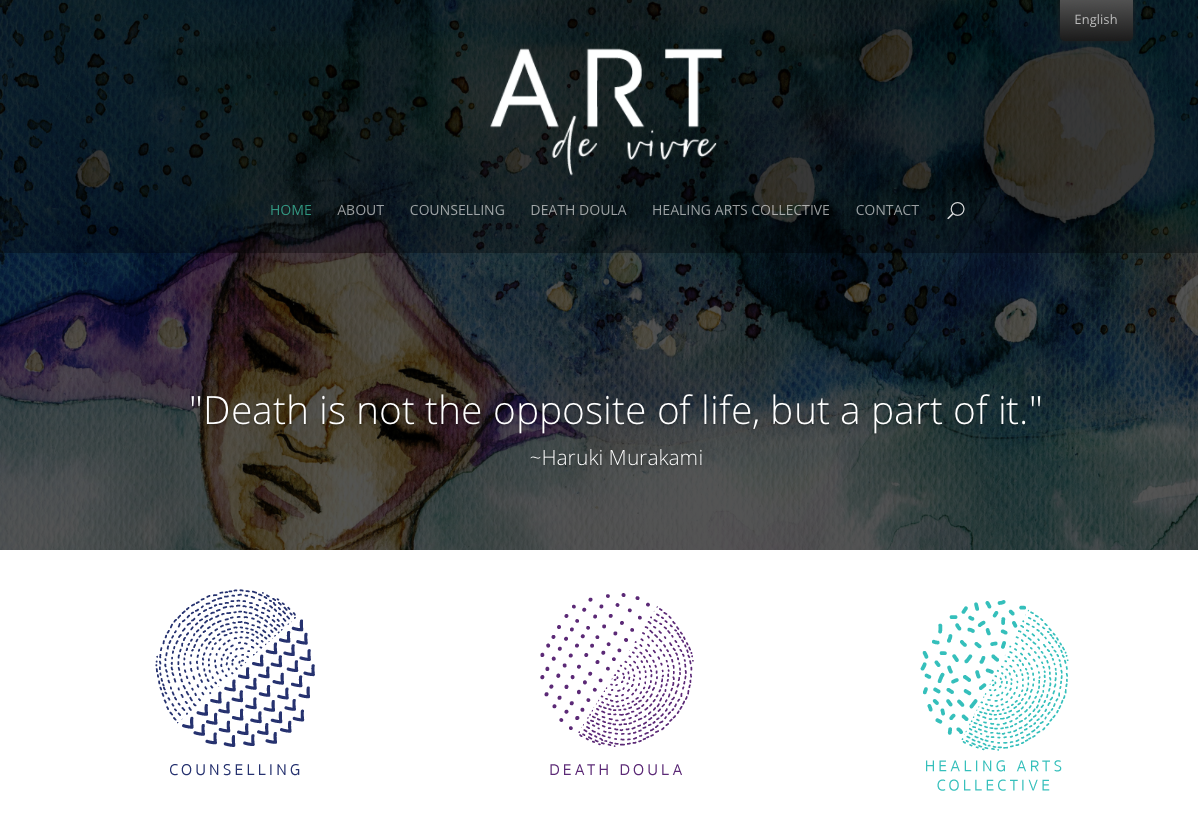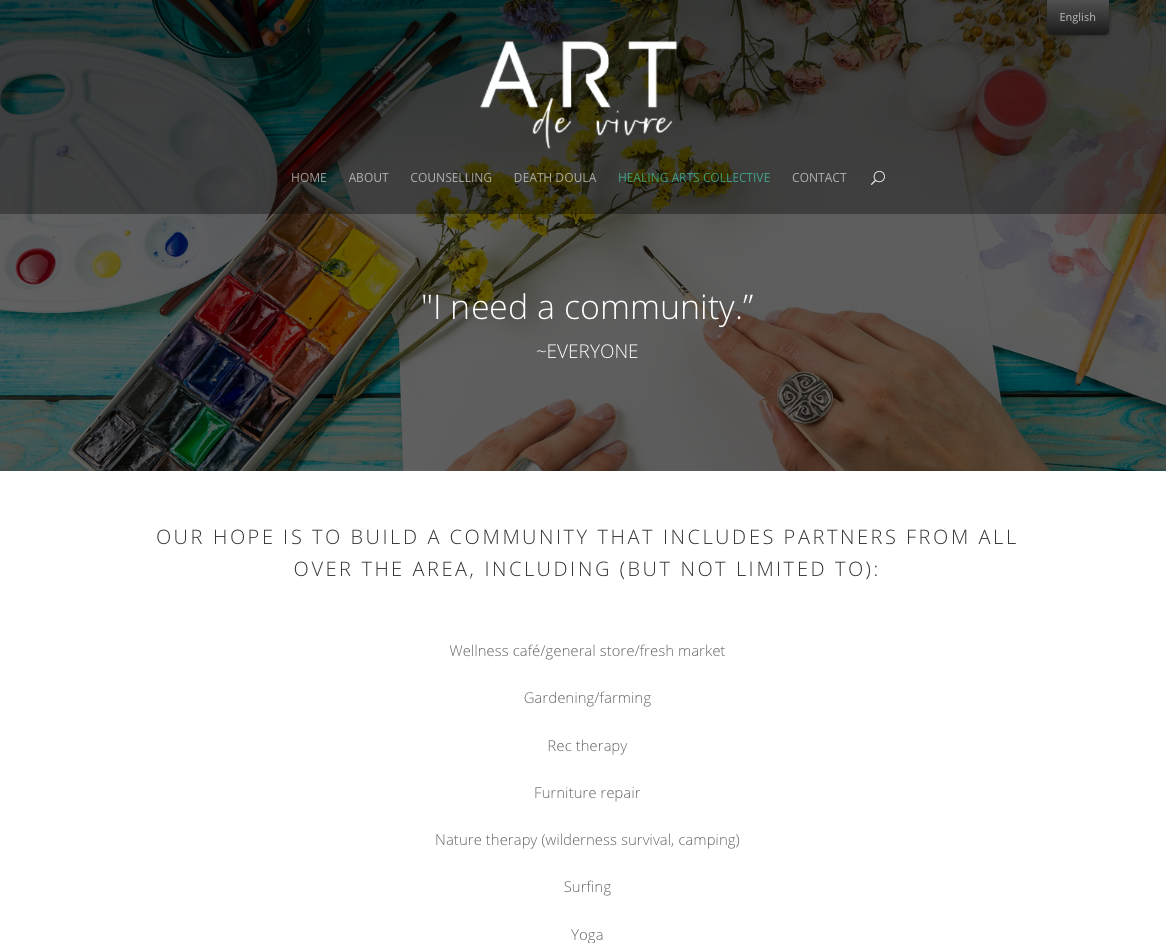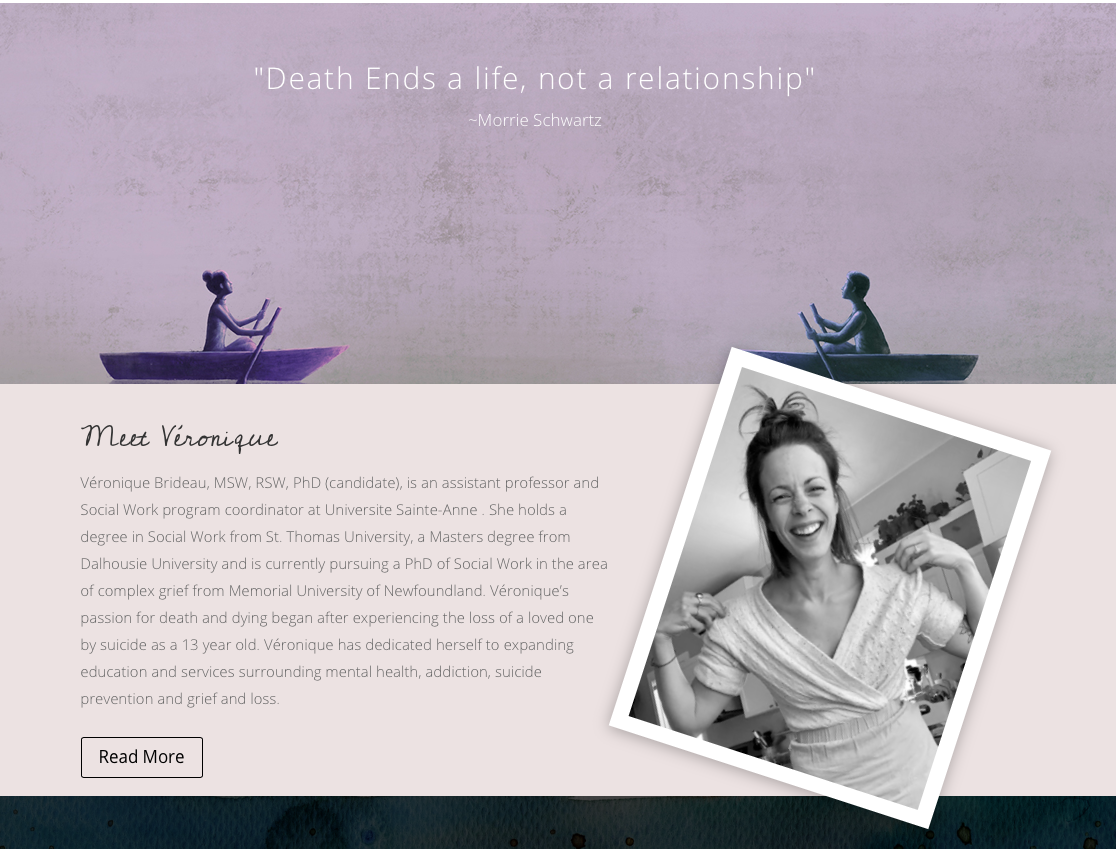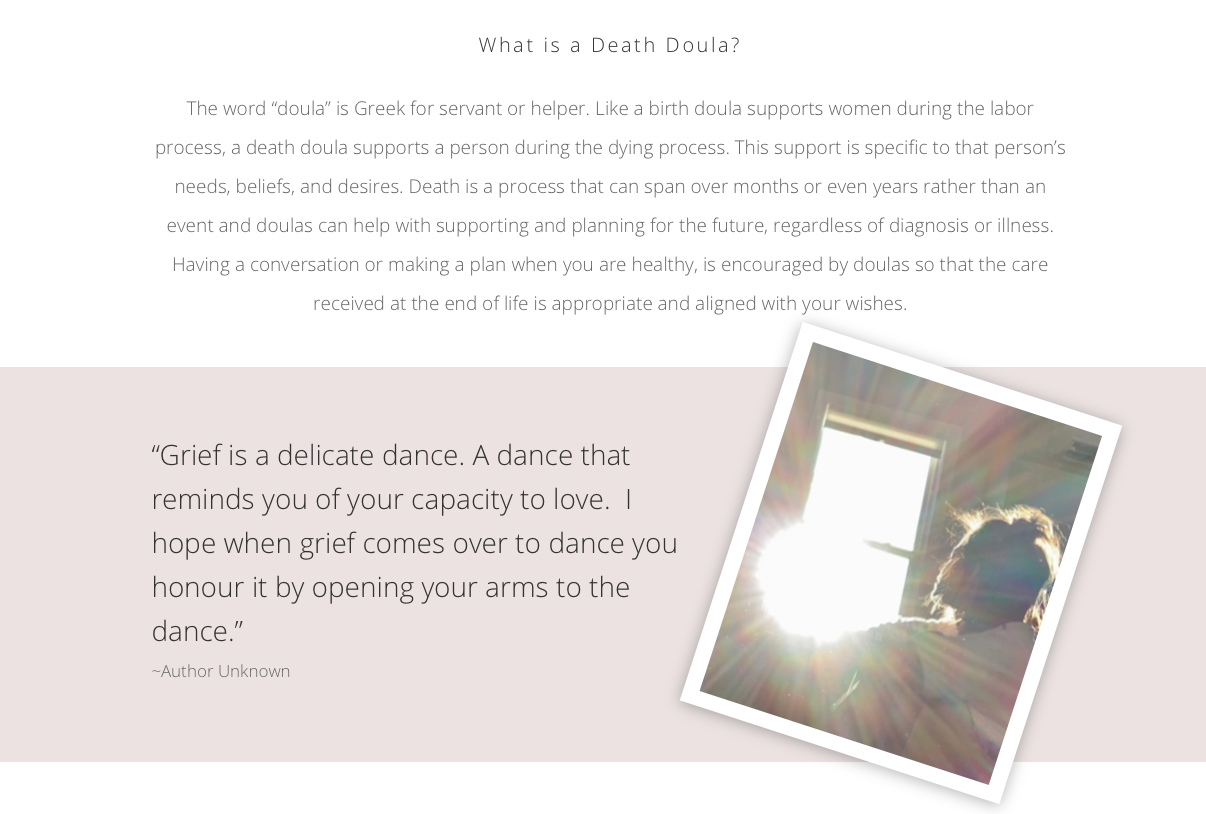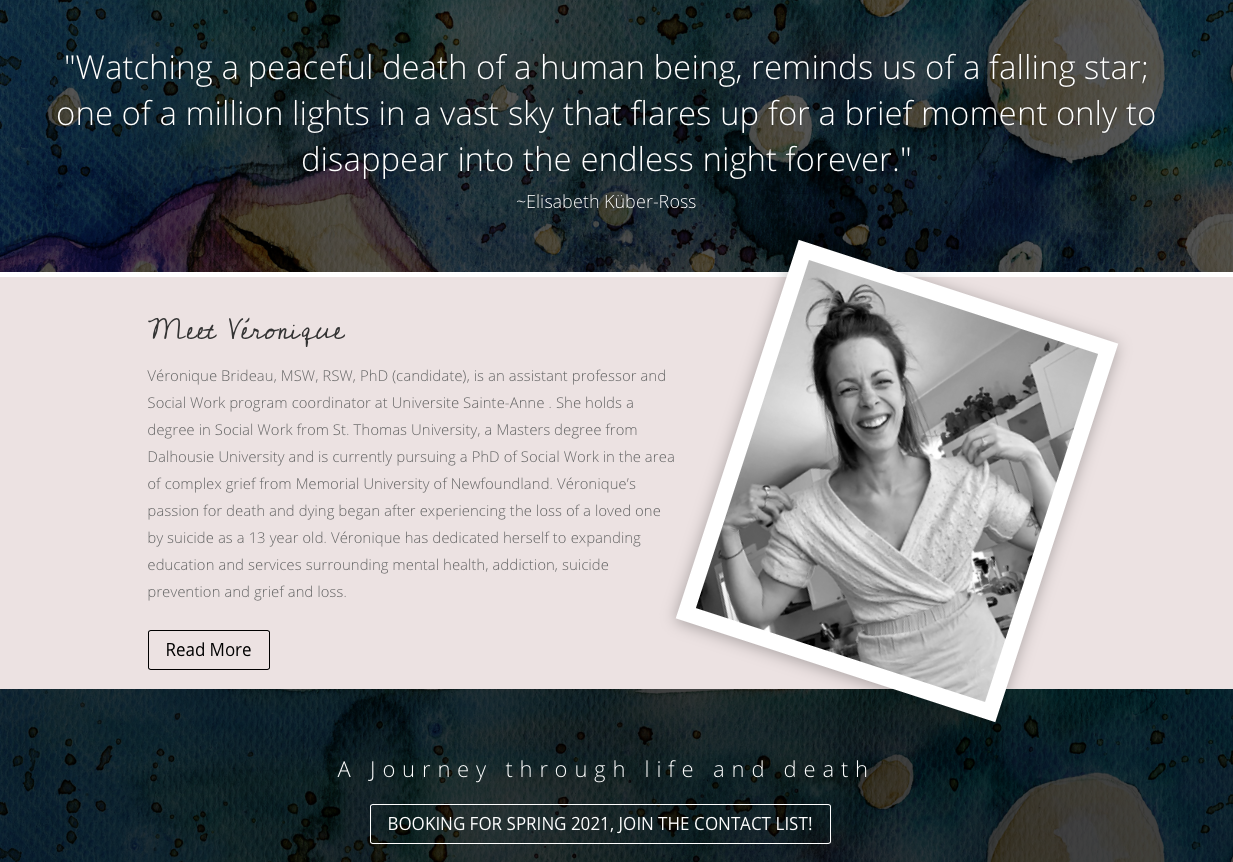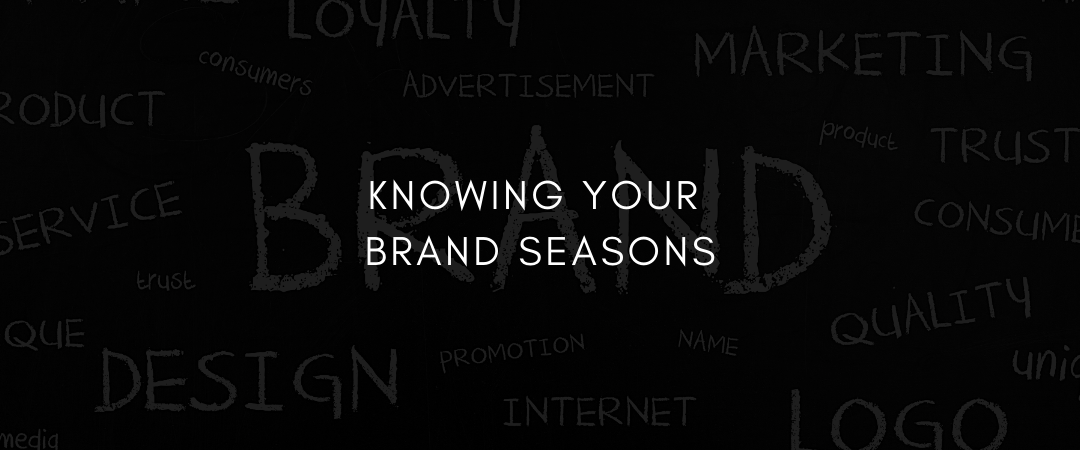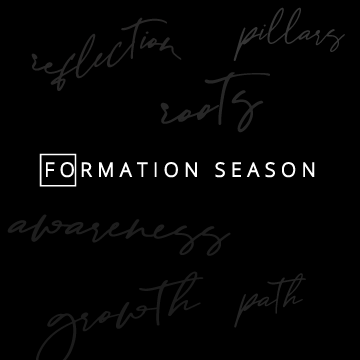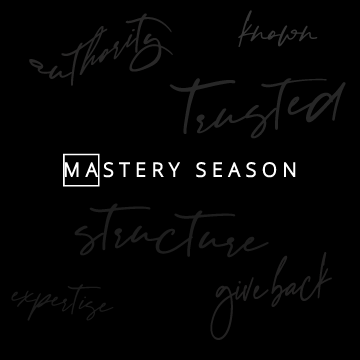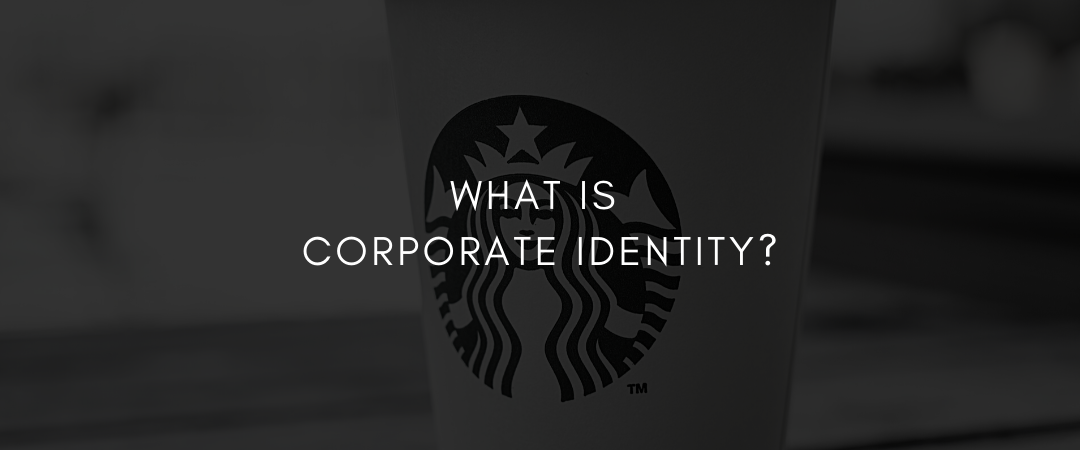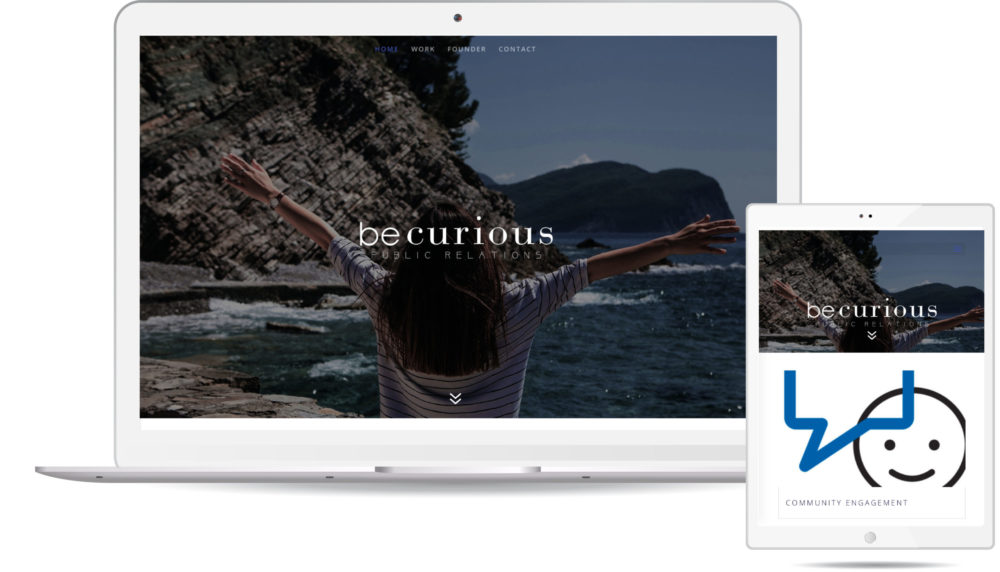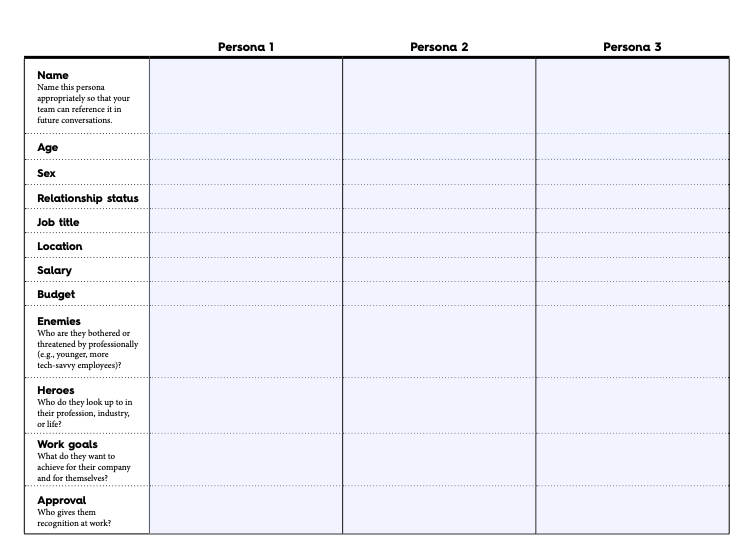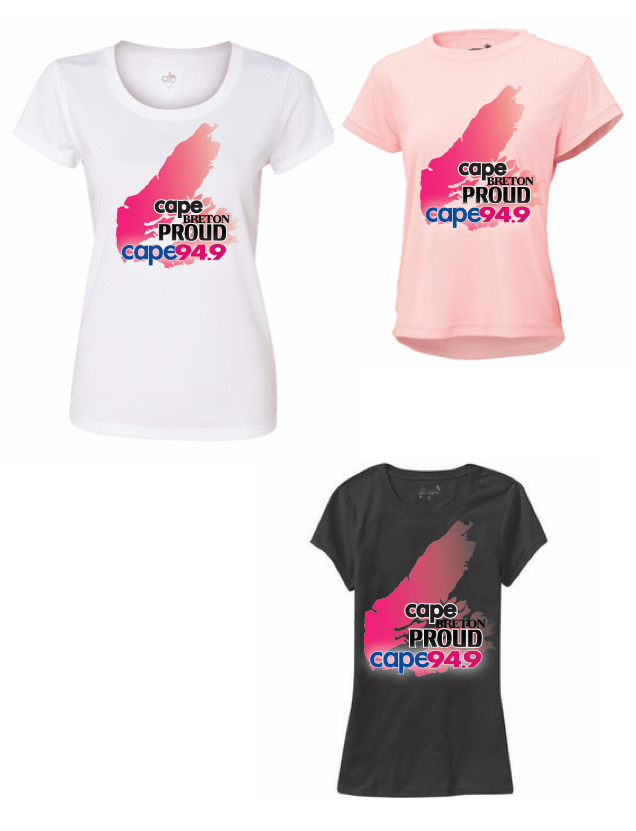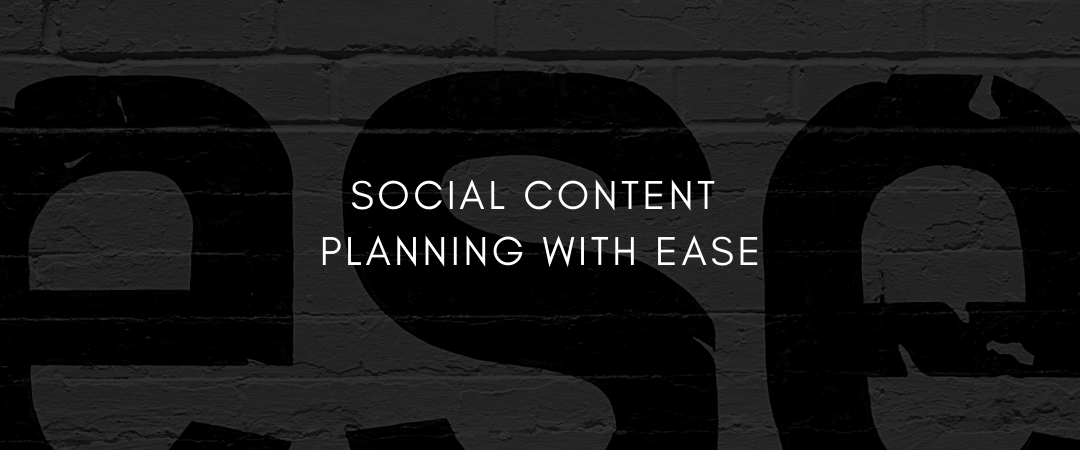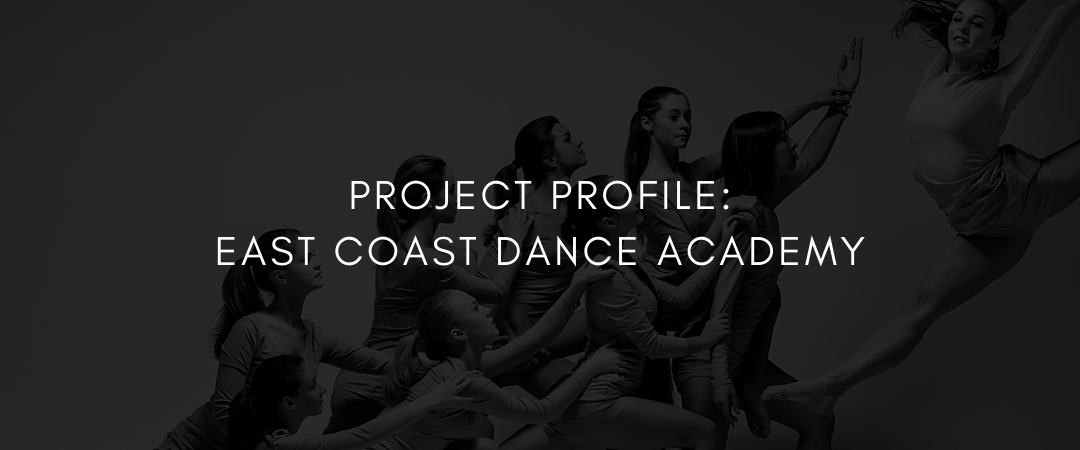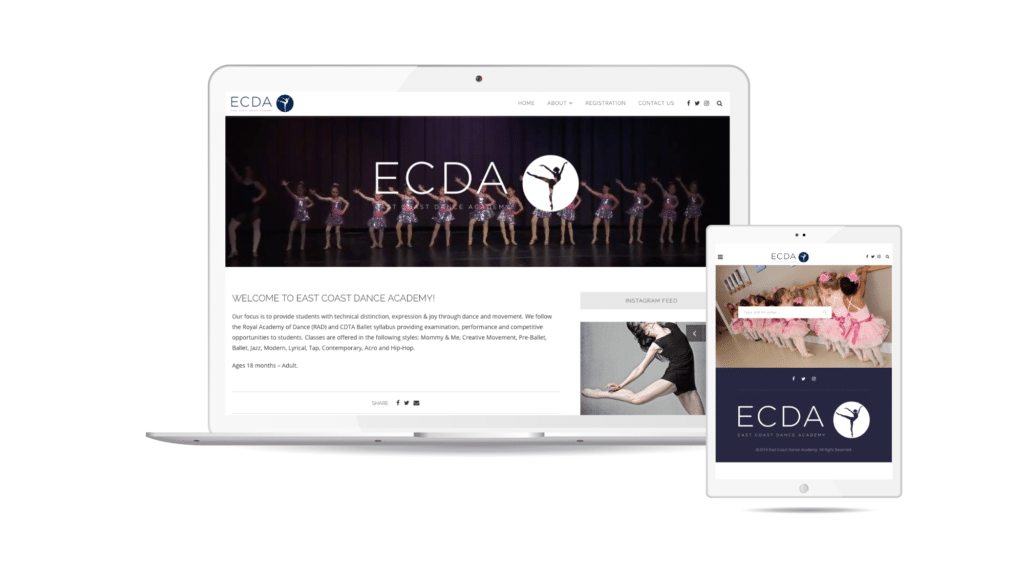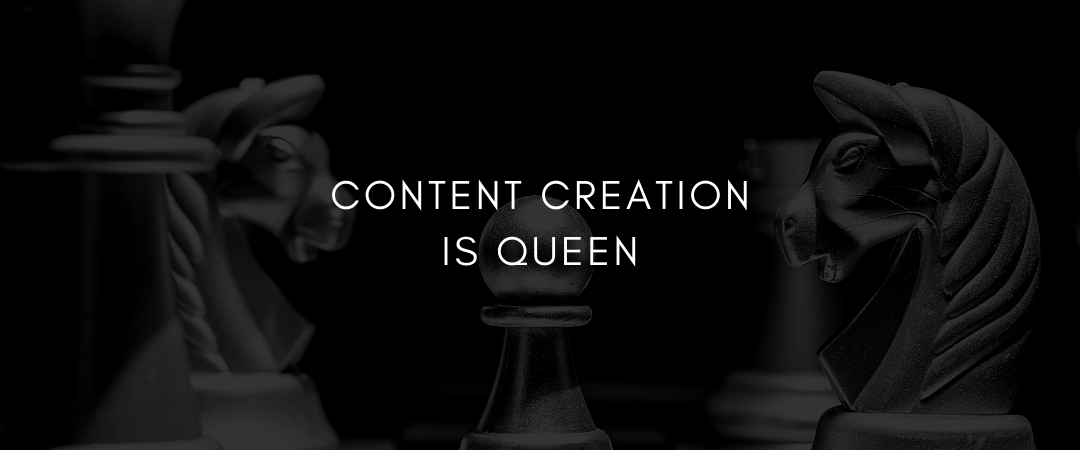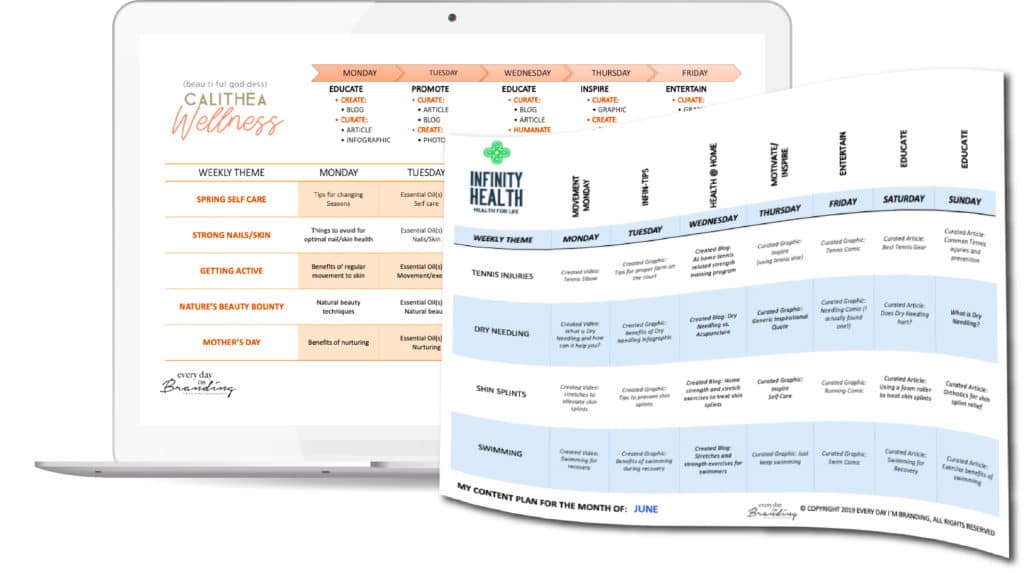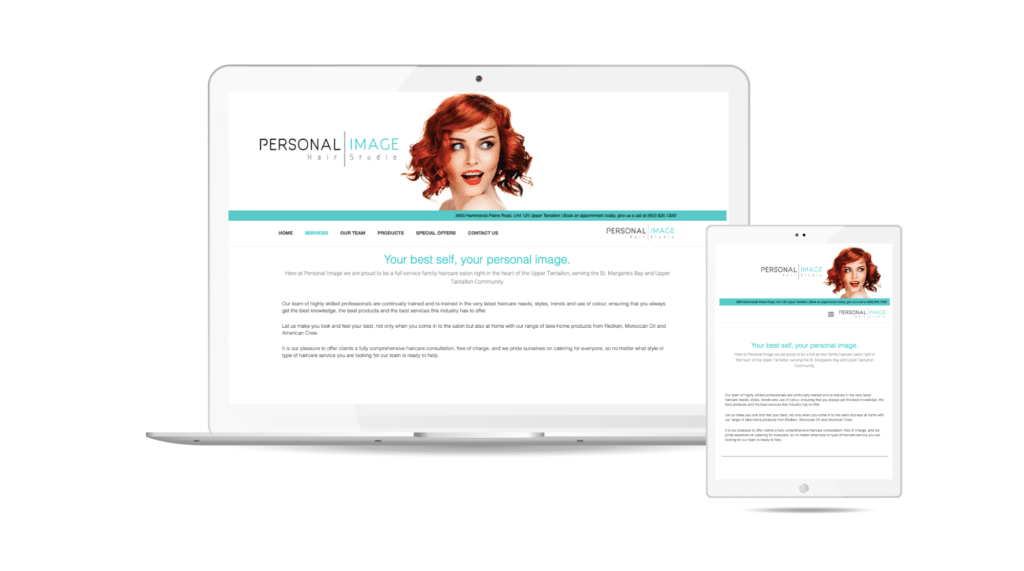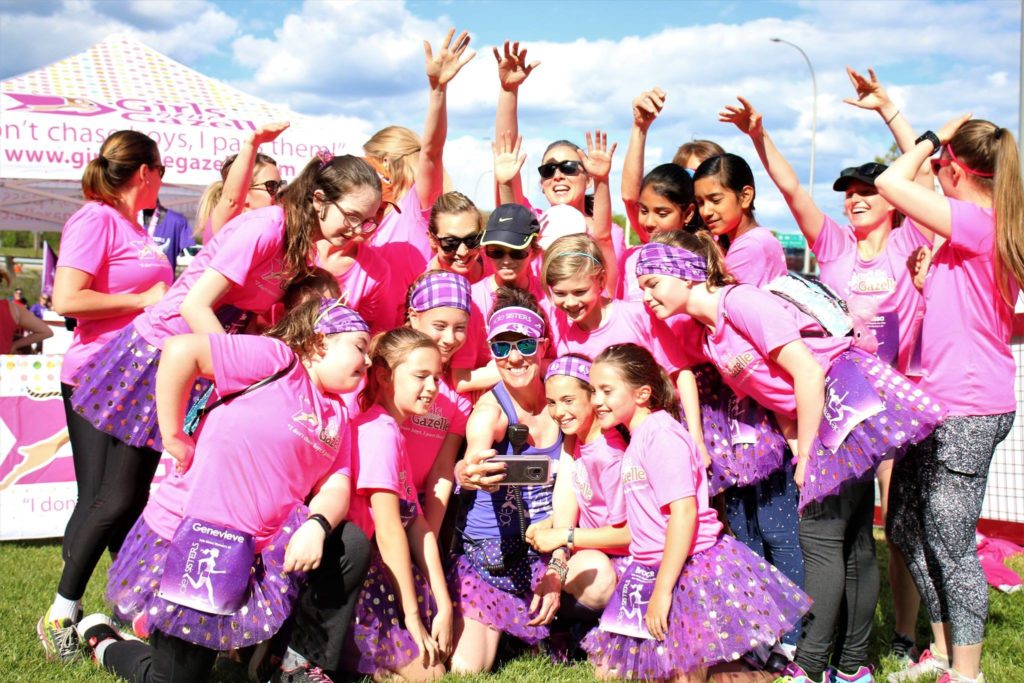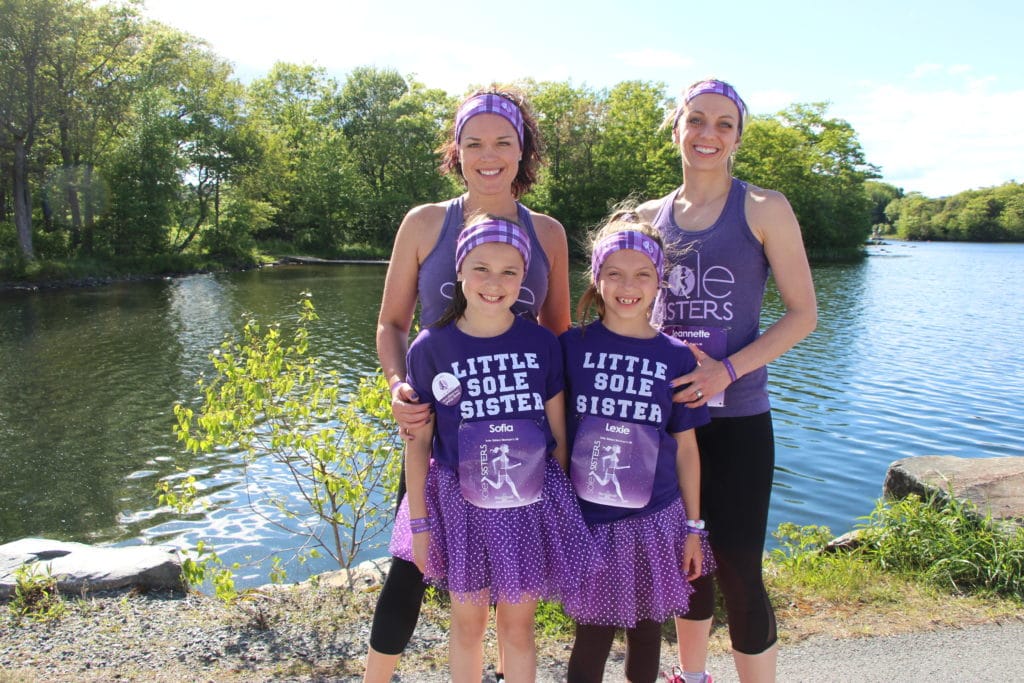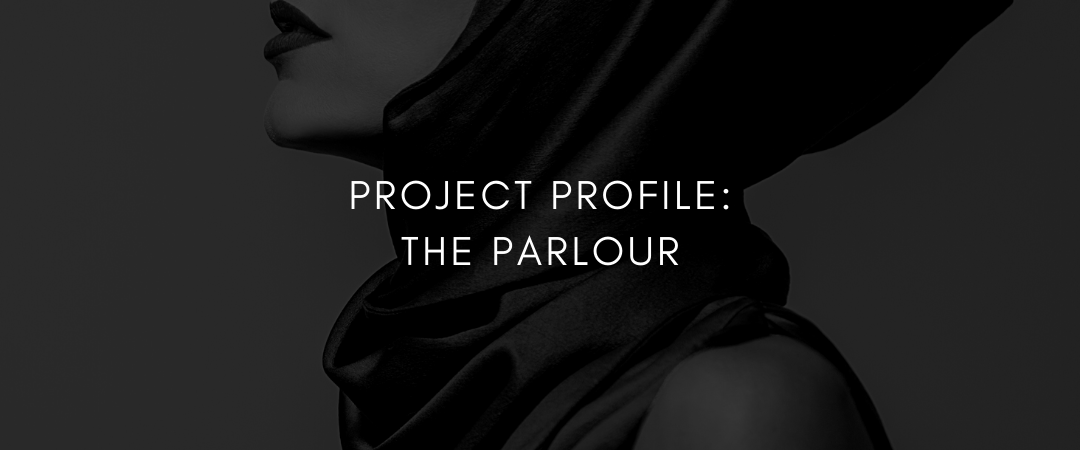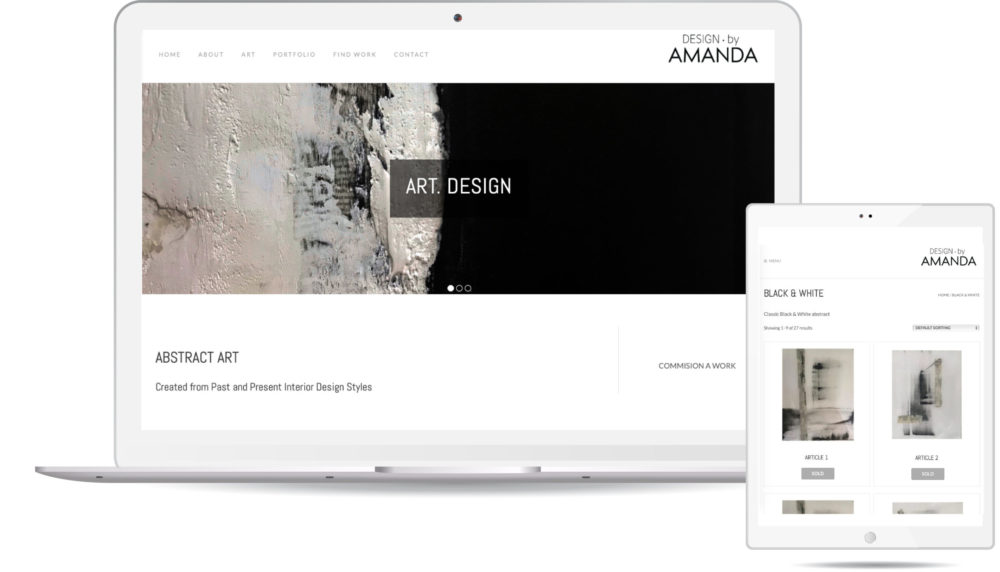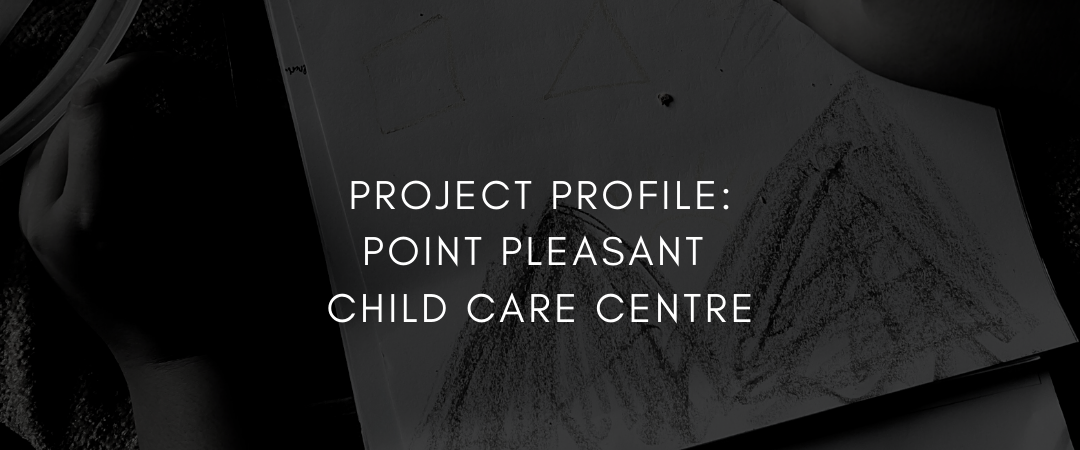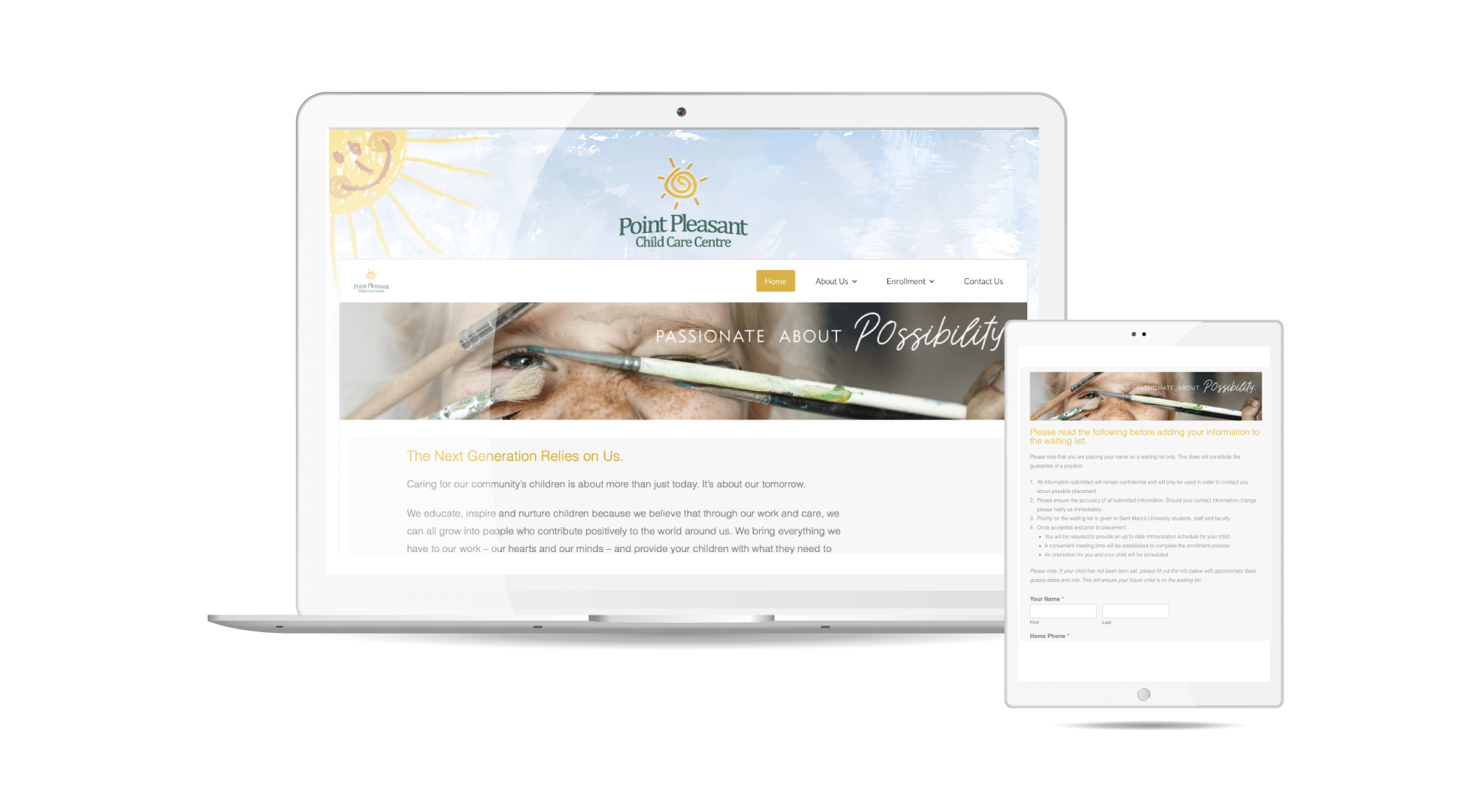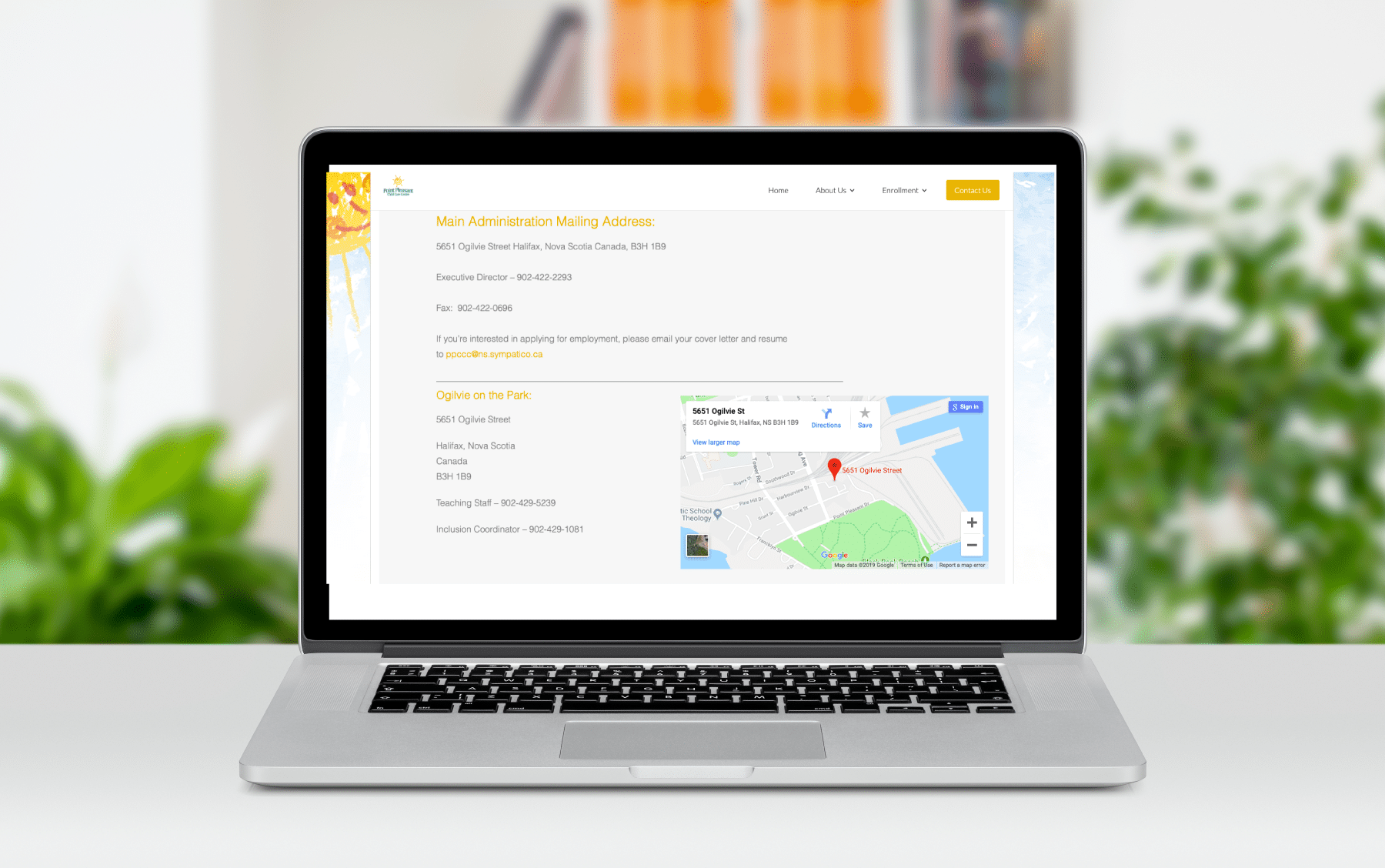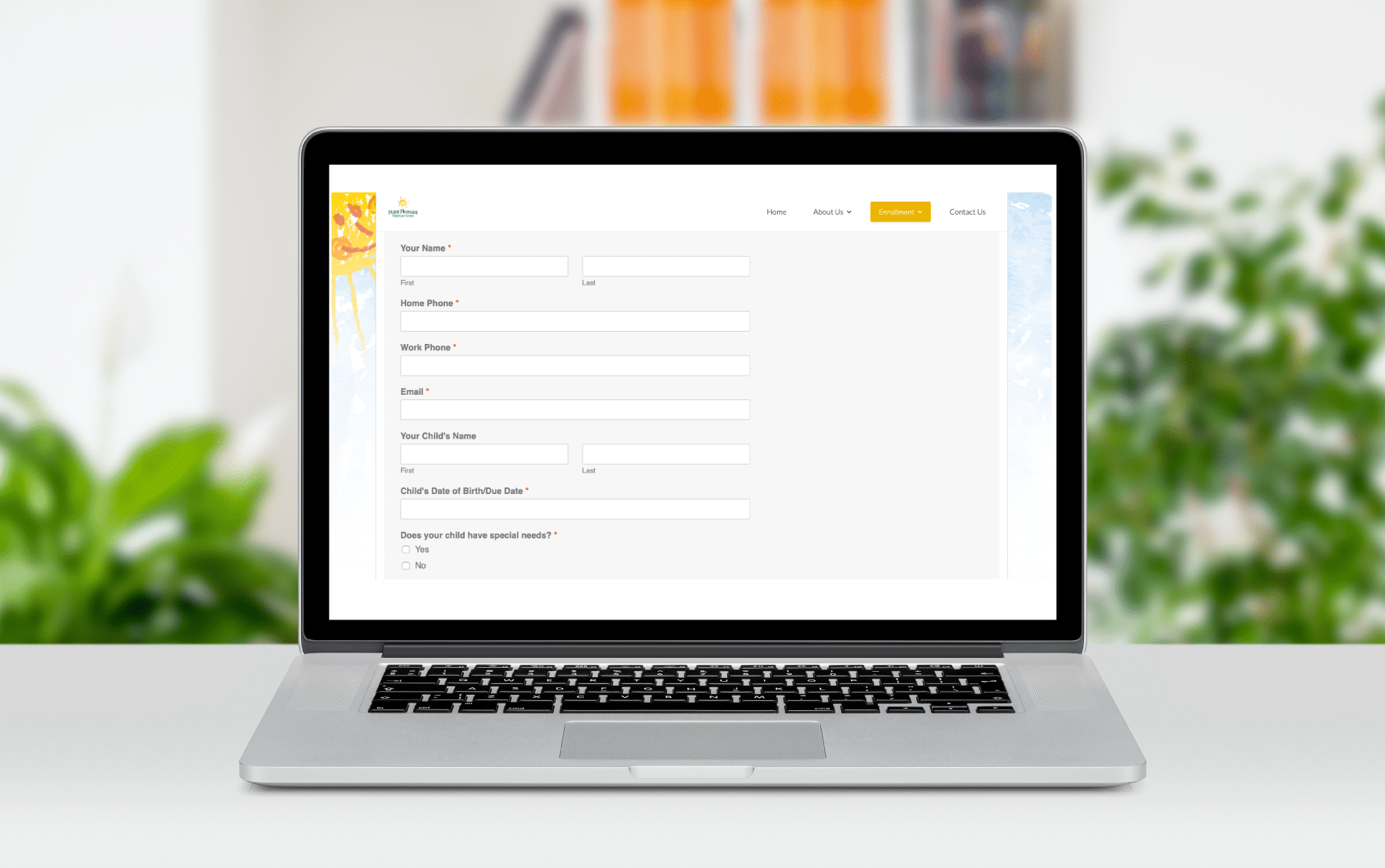FINDING YOUR IDEAL MARKETING MIX – PART I
The marketing media landscape can be a daunting and overwhelming terrain to navigate. With so many options to promote your brand or message, it can be difficult to understand which may work best for your product or service.
- How do you ensure that you are reaching the right audience?
- Can you measure the return on investment (ROI)?
- What is the most effective budget, frequency, message and call to action?
Without a full understanding of what is available and how it works, many businesses end up wasting precious marketing dollars on campaigns that yield little to no ROI. Once a marketing plan is deemed ineffective, business owners will often shy away from marketing initiatives altogether, missing out on many opportunities for growth.
In an attempt to circumvent this behaviour, this month’s blog post is dedicated to breaking down traditional marketing mediums. I have included a brief introduction of conventional mediums used today, the types of business and industry they are best suited for, how they can have the most impact and, when appropriate, suggested methods for measurement.
Print is alive…sort of.
Many say print is dead, and while it certainly isn’t effective for all businesses, it still has impact for many industries. Depending on whom you are trying to reach, print can be a very effective method, however, it remains highly expensive. Industries that continue to see benefit in newspaper advertising include auto dealerships, real estate brokerages, theatre companies, event organizers and recruiters. High end fashion and beauty retailers still see large returns on glossy magazine spreads and professional services firms can typically see a decent return by advertising in industry specific trade publications.
Generally speaking, print readership tends to be dominated by established, middle-to-high income households. In order to have impact, you’ll need a decent sized ad space and you should consider hiring a professional designer to properly convey your message through catchy and demographic appropriate imagery. Depending on the campaign, you may also have to consider several insertions to see maximum results. Other then front page/cover, ideal placement lies within pages 3 or 5, and as likely assumed, colour ads typically have more impact than black and white.
Many service-based companies are seeing benefits by contributing sponsored content in what used to be called advertorials. This is when you submit your own article content or work with one of the publication’s writers to create content that is displayed as an article. This will sometimes be considered more authentic in terms of messaging, however, be careful when contributing this type of content, if your sales pitch is only thinly veiled, it can have the opposite effect in terms of establishing credibility.
Look up, way up.
Out of home (OOH) is any type of large-scale advertising that you would see when, you guessed it, you’re out of your home. This category includes things like billboards, bus boards, back lit bus shelter posters, and the like. As OOH can be a costly option, you will see many national brands taking advantage of this medium. However, with the proper budget, it can be highly effective for quick shots of brand awareness or one-line promotional messages. You typically have about 10 seconds of the passerby’s attention for OOH activations, so your message should be succinct with well thought out imagery. Typically speaking, you’ll need a minimum campaign length of 4 weeks to see impact with OOH campaigns. ROI can be difficult to determine for both print and OOH campaigns, be sure to ask your provider for up to date traffic counts before committing to a location. Lastly, be sure to work with their in-house creative team or a professional designer to make sure you are using maximized font sizes and graphics that will have impact.
Tune in or tune out.
Depending on your message, radio can be a very effective way to reach a large volume of people. The key is making sure that the people you’re reaching are your target audience. When meeting with radio stations, make sure to tell them exactly who you are trying to reach and ask them to provide information on where they rank within those demographics. You’ll want to ask about how many people in your target demographic you can reach with their station. This is information they should be able to provide, broken down into what is referred to as ‘day-parts’, meaning they can tell you how many people are listening at various times throughout the day. Depending on the format of the station and your geographic location and population, there will be different listening patterns to consider. For more urban areas, drive times are often considered to be peak listening times. Booking sponsorships of daily features, such as traffic, weather or news, can be a great way to ensure your message is played during these peak times. For more rural areas, community features such as farm reports or event bulletins may be a better way to reach your audience. Lastly, consider the format of the station; for best results, make sure the type of music and content they are playing match with your company’s values and message before enlisting in a campaign.
No flyers please.
Before email and internet marketing became mainstream, the best way to geo-target was through direct mail. Direct mail campaigns use a series of postal codes to determine where promotional material will be sent. While this can still be a useful medium, there are certain factors it doesn’t take into consideration, such as occupation, interests or household income (although this can sometimes be inferred in certain postal zones). Many industries still use this medium faithfully, particularly fast food chains. Your local post office should be able to provide you with the postal codes in your area, you can also check the postal service website which contains a large database that you can query to create your campaign. This can be a costly method of advertising, aside from the per household fees, you may have hefty printing costs to consider. Including an exclusive code or offer is a great way to measure your conversion rate.
Go big, or go home.
As relationship building is often the key to business building, attending industry appropriate trade shows can be an extremely beneficial marketing tool. The key is to research each show before investing as an exhibitor to find out what is included in the exhibitor package. Having booth space can be great, however, you’ll want specifics on the space, amenities available, competing companies, exhibition layout, sampling opportunities and conference attendance. The expo is typically only a fraction of the activity for a convention or conference so make sure your package includes entrance to all of the major networking events.
Likely the most important thing to remember when considering attending a trade show is who you will send to represent your company. Working trade shows is an interaction intensive undertaking. You will want your best sales people to attend to represent your brand. Consider a show specific offer or booth activation to draw people in and to help you stand apart. Lastly, make sure you are including a way to build a follow up contact list from those visiting your booth. Whether you offer a prize draw with a ballot (including email address and opt-in message) or access to your newsletter, have a way to collect information from those visiting your booth so you can reach out to them after the fact.
Align, align, align.
Corporate sponsorships are one of the more difficult marketing expenditures to measure ROI. Sponsorships largely serve as a mechanism for brand awareness and extension. Partnering with like-minded events or charities is a great way to build community brand loyalty. Often, there are numerous opportunities to physically display your branding, address the audience before events, distribute literature or product samples and send members of your team to network dinners or events. A few things to consider when sizing up a sponsorship opportunity are: the audience demographics, the event’s message and/or value system and the potential exposure benefits for your company. If you’re planning an activation at an event or conference, make sure to consider the demographic attending for maximum impact.
TV or not TV, that is the question.
Despite the shift in viewing patterns and viewer control, TV remains a well-used marketing avenue. While you will mostly see national brands taking advantage of the wide net that TV can cast, in smaller cities, there are often opportunities for companies to advertise on local channels at a more affordable rate. However, even in this case, you will still have to invest in quality commercial production, which can be prohibitive for a lot of smaller businesses.
A more cost-effective way to take advantage of this monster medium is to have your company sponsor closed captioning or another service your local station offers. Often, all you will need to do is send your logo and you’ll get exposure at the end of your chosen program(s). This medium is better suited for brand awareness campaigns as it can be very difficult to measure a direct ROI.
Can I interest you in a…
Depending on your product or service, sampling can be a very effective conversion mechanism. Obviously, it isn’t a method for everyone, however, if you have a low production cost, your ROI for this type of initiative can be substantial. For tangible products that are best expressed by experiencing, such as health and beauty products, food and drink or fitness products, this is a proven way to drive immediate conversion.
A few things to consider when promoting effective sampling programs are:
- Location and audience; will there be adequate foot traffic? is it the right demographic fit?
- What is your call to action? Is there a way for a potential buyer to convert on-site? If not, what is your take away to promote a conversion once they are able to purchase?
- Who is handing out your samples? Are they equipped to answer any and every question they may receive about your product?
Companies are often tempted to employ students for this type of initiative, however, if they aren’t properly trained and educated on your products, the entire initiative could be a huge and costly bust.
Stuff we all get.
Some people think SWAG stands for stuff we all get, I’m not sure whether or not that is true, but it’s not wrong. We all get swag, and most of the time it ends up in the garbage or on a thrift shop rack. However, there are ways to have effective promotional product campaigns. What you need to focus on is creating stuff we all want. The key to success is providing a product that people will use and thus adequately represent your brand. Having your logo on an item that ends up in a junk drawer or hanging next to a ’Where’s the Beef’ t-shirt, isn’t an effective use of your marketing dollars.
So before ordering any product, ask yourself:
- Who am I trying to reach with this item?
- Will it be used where others can see it?
- How long will it last?
- Will others ask about it?
Ask for it?
As with anything, there are price breaks if you order a higher volume of products, however, think realistically about how, where and when you will distribute each item, as having an inventory closet full of items without a distribution plan, will have little impact.
***
That concludes this month’s look at traditional marketing methods. Next month, when we delve into some of the more modern marketing mediums, we’ll look at the difference in targeting, budgeting and application that have opened up over the last ten years within the marketing landscape.
Thanks for reading, please feel free to share this content if you feel it could be beneficial to a business owner you know! ~ Alix

